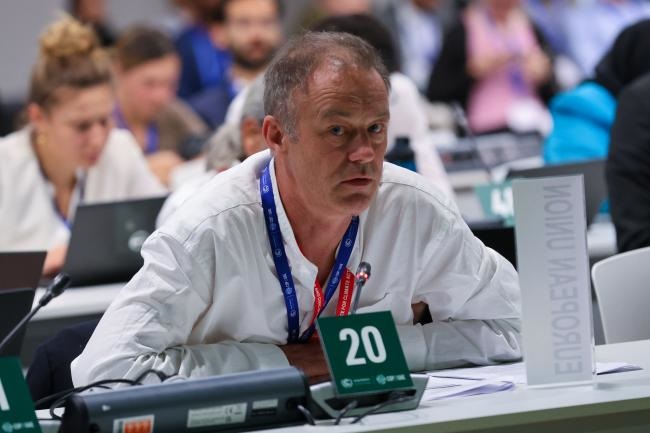A UN Body responsible for setting up a carbon market under the Paris Agreement adopted important new standards to guide how emission-reducing projects measure their impact.

Known as the Paris Agreement Crediting Mechanism (PACM), it enables countries and other actors to work together on reducing greenhouse gas emissions by generating high-integrity carbon credits that support global efforts to fight climate change.
Key standards agreed
The rules adopted set out how to measure a project’s actual emission reduction impact under the mechanism. Specifically, two key standards were agreed:
- A standard for estimating the emissions that would have happened without a project under the mechanism (known as the “baseline”). The adoption of this standard is a historic step in ensuring that crediting under the mechanism reflects the ambition of the Paris Agreement. It includes a requirement for an initial downward adjustment – for example, setting historic or current baselines at a level 10% below business-as-usual emissions – as well as a minimum 1% downward adjustment over time across all baseline approaches. These features are designed to drive ongoing improvement and help avoid over-crediting by steadily lowering the benchmark against which emission reductions are measured.
- A standard for accounting for any unintended increases in emissions that might happen elsewhere as a result of a project (known as “leakage”). The leakage standard will help those developing methodologies to identify all potential sources of emissions. It clarifies that project-level REDD+ activities must be included in the host country’s national REDD+ strategy in order to qualify, helping ensure alignment with national climate efforts and reinforcing the credibility of emission reductions.
The agreed standards reflect wide input from experts and stakeholders. They are key to ensuring that carbon credits issued under the PACM are ambitious, real, additional, and verifiable.
Further outcomes
Beyond adopting the baseline and leakage standards, the Supervisory Body also made a number of related decisions to support implementation. These include a process of consultation on how project benefits can be shared equitably with host countries, and a renewed focus on capacity building to help countries build the systems they need to take part in the mechanism – including through clearer roles for host countries.
The Supervisory Body also adopted a decision on the transition of cookstove activities, bringing earlier projects in line with the latest available data and guidance.
“This was a very significant meeting. We finally adopted a groundbreaking decision ensuring crediting levels are set consistently with a pathway to net neutrality, through a process of minimum downward adjustment of crediting levels over time.” said Martin Hession, Chair of the Supervisory Body.
“We are already uniquely placed to support host countries considering crediting, and have decided here to enhance communication with countries, by providing a dedicated channel for them to secure their fair share of mitigation benefits, initiating a dialogue on host country roles and responsibilities, as well as exploring options for enhanced and targeted capacity building. We have also moved to ensure the quality of certain transition projects by requesting the application of the most recent applicable data,” added Hession.
Next steps
The outcome of this meeting paves the way for methodologies under the Paris Agreement Crediting Mechanism to accelerate implementation. While this marks important progress, fewer than anticipated project transitions from the Clean Development Mechanism are expected to result in a short-term funding gap, until a pipeline of new projects using PACM methodologies begins to build from 2026 onward. The Supervisory Body will continue to monitor the funding situation carefully and will be reporting to the Parties to the Paris Agreement on this matter.
With the foundations in place, the Supervisory Body will continue developing other key elements of the mechanism, including additional tools, guidelines, and the mechanism Registry.
The first PACM methodologies are expected to be approved by the Supervisory Body by the end of the year.
